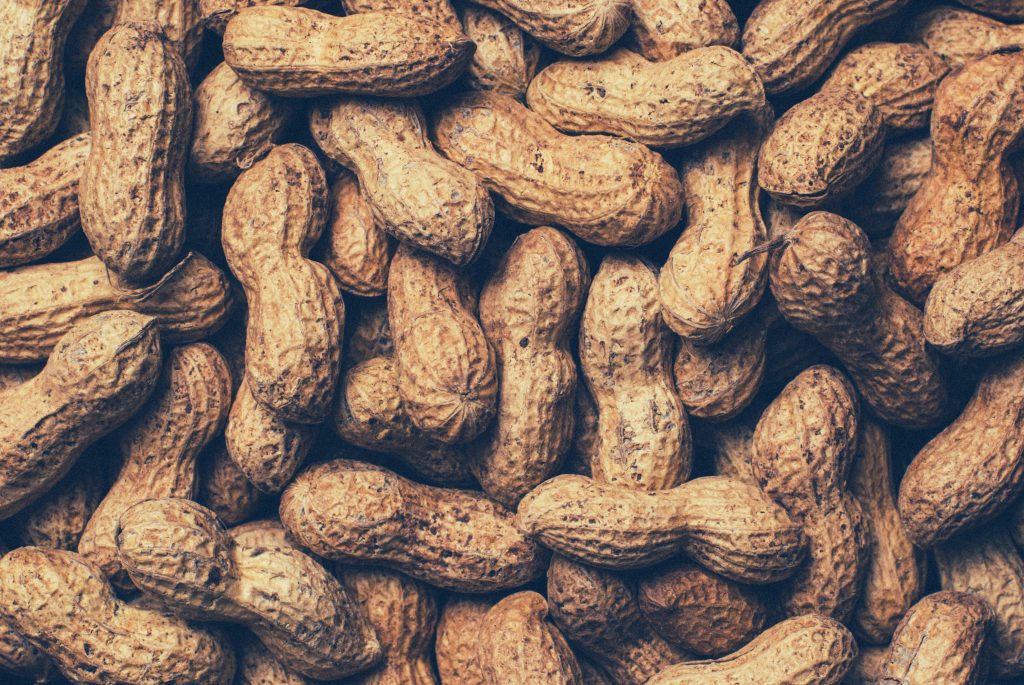Where does a peanut allergy come from?
Posted: 29th December 2017 | Posted by Costa

Where does a peanut allergy come from?
Everybody knows that one label checker. The one friend or family member that has to check the menu ahead of eating out or rummages through the packets at a dinner party. Not because they are fussy; far from it. They are just, unfortunately, one of the almost two million people in the UK have been reported as allergy sufferers. The effects they suffer from can vary from minor things such as itchiness around the mouth and rashes to symptoms much more life-threatening, such as anaphylaxis.
But one allergy that seems more common than most people in the UK is the one to peanuts. Shockingly, 1 in 55 children suffer from the allergy; which makes them and parents alike constantly on high alert when it comes to what they can and can’t eat.
One of the bigger questions is, ‘where does the allergy even come from?’
Nut what you think
Firstly, it’s worth clearing up that just because you or your child may suffer from interaction with peanuts does not necessarily mean other types of nuts such as almonds, cashews, or walnuts will affect the allergy too. It’s a little-known fact that, unlike these tree nuts, peanuts are actually a part of the legumes family, a type of plant that grows underground.
Peanuts are surprisingly in such a vast amount of cuisines that it’s hard to keep up. Here are just some of the main products that peanuts can be an ingredient in:
- African, Asian (especially Chinese, Indian, Indonesian, Thai, and Vietnamese), and Mexican restaurant food
- Alternative nut butter, such as soy nut butter, or sunflower seed butter
- Sweets and chocolate
- Sauces such as gravy and salad dressings
- Pet food
It’s no wonder allergy sufferers have to be incredibly careful. But with the number of allergy cases increasing, various studies are now being put into place as to how to prevent the nut allergy from developing: is it even possible to put a stop to such an allergy?
The research
Researchers at LEAP (Learning Early About Peanut allergy) have conducted a series of tests in an attempt to work out exactly that. They want to uncover whether or not it is possible to create a sensitisation to the allergy from a younger age.
They held a clinical trial in which they formed two groups of patients who were not allergic to peanuts based on the tests and history. One group were told to make their children avoid peanuts for a whole year, while another group were told to put it into the diets of their children in at least six meals a week. The results concluded that “regular peanut consumption began in early infancy and continued until age 5 reduced the rate of peanut allergy in at-risk infants by 80% compared to non-peanut-consumers”.
In conclusion, the results show that by including the troublesome legume into a non-allergic child’s diet from a very young age holds a strong possibility that they can build up a tolerance to the nut and they avoid developing the allergy altogether; giving parents one less thing to worry about when it comes to their child’s health.
If you need any help or advice relating to allergies, please book an appointment with our consultants on our website. Finding out if you or your child have a peanut allergy could save a life.
